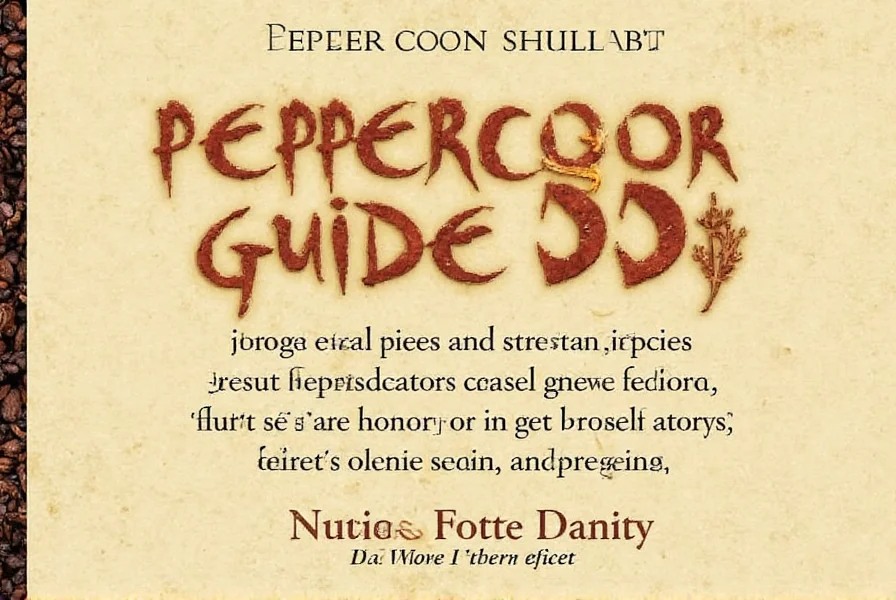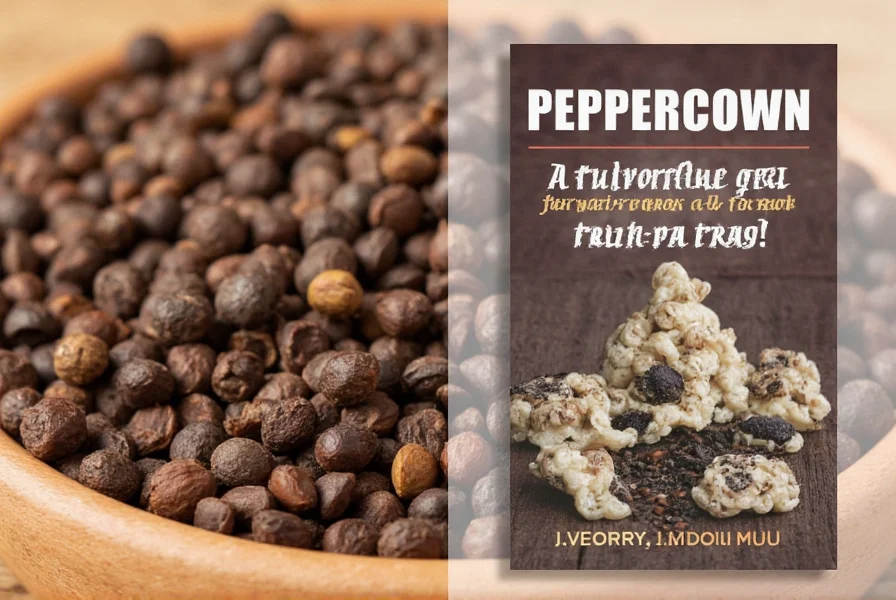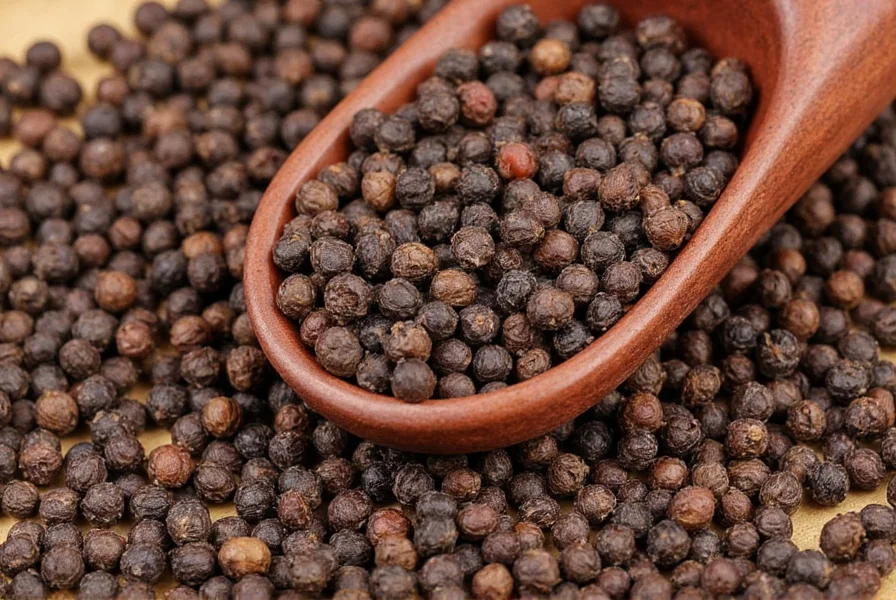Peppercorn Visual Identification Guide
When searching for "peppercorn image," you need clear visual references to identify different types. Below are high-resolution images showing the distinct visual characteristics of black, white, green, and red peppercorns, along with detailed descriptions to help you recognize each variety and assess quality.

Visual Comparison: This image shows the key differences between peppercorn varieties. Notice how black peppercorns appear dark and wrinkled, white peppercorns are smooth and pale, green peppercorns are bright and uniform, and red peppercorns show vibrant coloration.
| Type | Color | Texture | Size & Shape | Quality Indicators |
|---|---|---|---|---|
| Black | Dark brown to black | Wrinkled surface | Small, round, slightly irregular | Uniform color, no cracks, no dust |
| White | Tan to beige | Smooth, polished | More spherical, uniform size | Consistent color, no discoloration |
| Green | Bright green | Smooth, slightly shiny | Uniform, plump appearance | Vibrant color, no browning |
| Red | Deep red to burgundy | Smooth with subtle wrinkles | Larger than black, plump | Rich color, no fading |
How to Assess Peppercorn Quality from Images
When examining peppercorn images, look for these key quality indicators:
- Color consistency: All peppercorns in the image should have uniform coloration. Fading, uneven coloring, or discoloration indicates poor processing or old stock.
- Surface texture: Black peppercorns should show natural wrinkling; white peppercorns should have smooth, polished surfaces. Irregular textures may indicate improper processing.
- Size uniformity: High-quality peppercorns will appear consistent in size within each variety. Significant size variations suggest poor sorting.
- Clarity and detail: High-resolution images should clearly show individual peppercorns without blurriness. Blurry images may hide quality issues like moisture damage or debris.
Common Mistakes in Peppercorn Images
Be cautious of these red flags in peppercorn product images:
- Stock photos that don't match actual product (e.g., showing black peppercorns but selling white)
- Images with excessive dust or debris in the container
- Low-resolution photos that obscure texture details
- Images showing inconsistent sizes or colors within a single variety
- Photos with watermarks or logos that obscure the peppercorns
Real-World Image Examples
Here's what to look for in authentic peppercorn images:

High-quality black peppercorns: Notice the deep, consistent color and natural wrinkling. Each peppercorn appears plump with no cracks or discoloration.

High-quality white peppercorns: These show consistent tan color with smooth, polished surfaces. No visible particles or irregularities.
Practical Application
When shopping for peppercorns online, always check for:
- Multiple high-resolution images from different angles
- Close-up shots showing texture details
- Scale references (like a coin or ruler) to assess size
- Customer photos that show actual product quality











 浙公网安备
33010002000092号
浙公网安备
33010002000092号 浙B2-20120091-4
浙B2-20120091-4